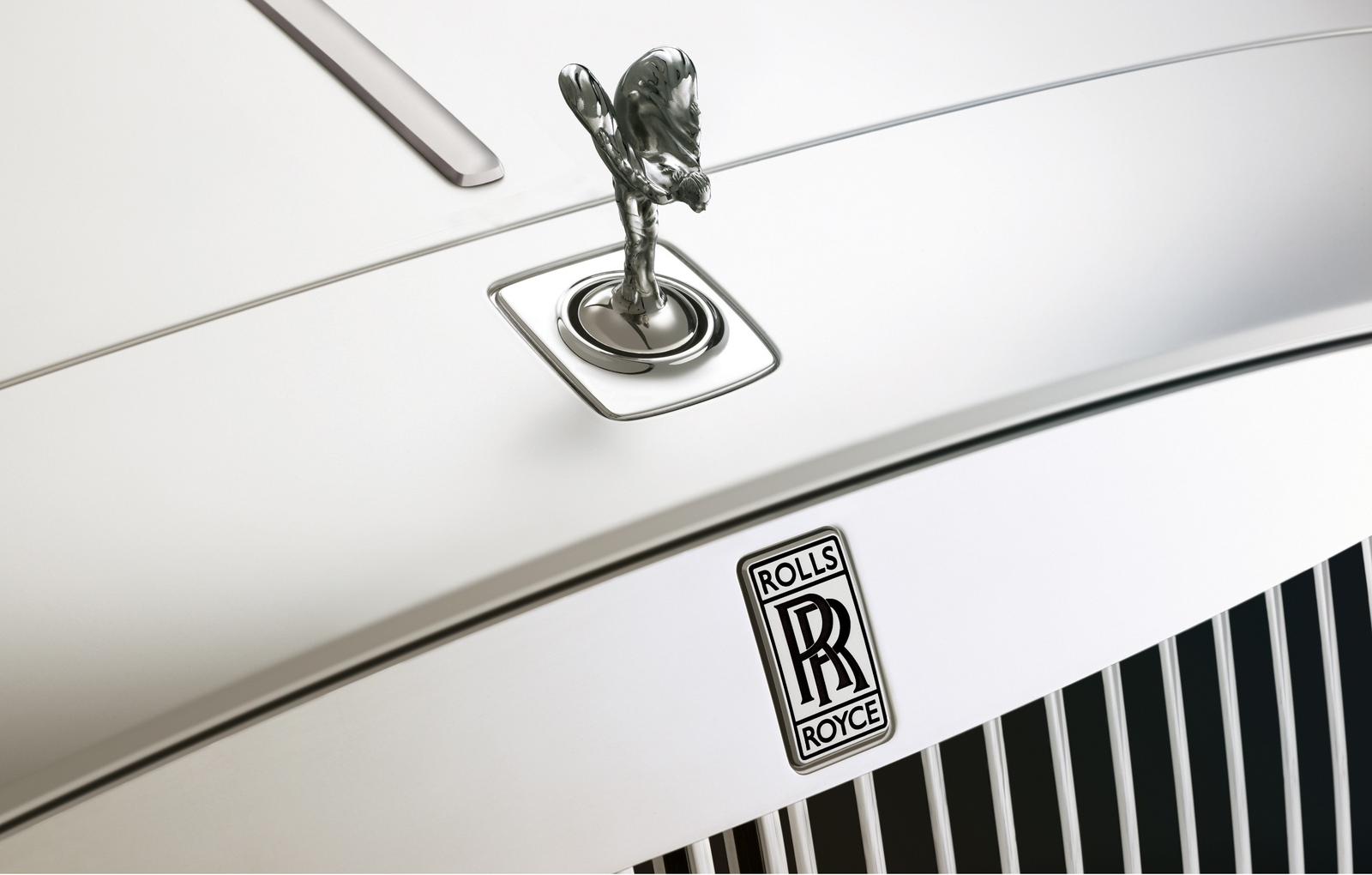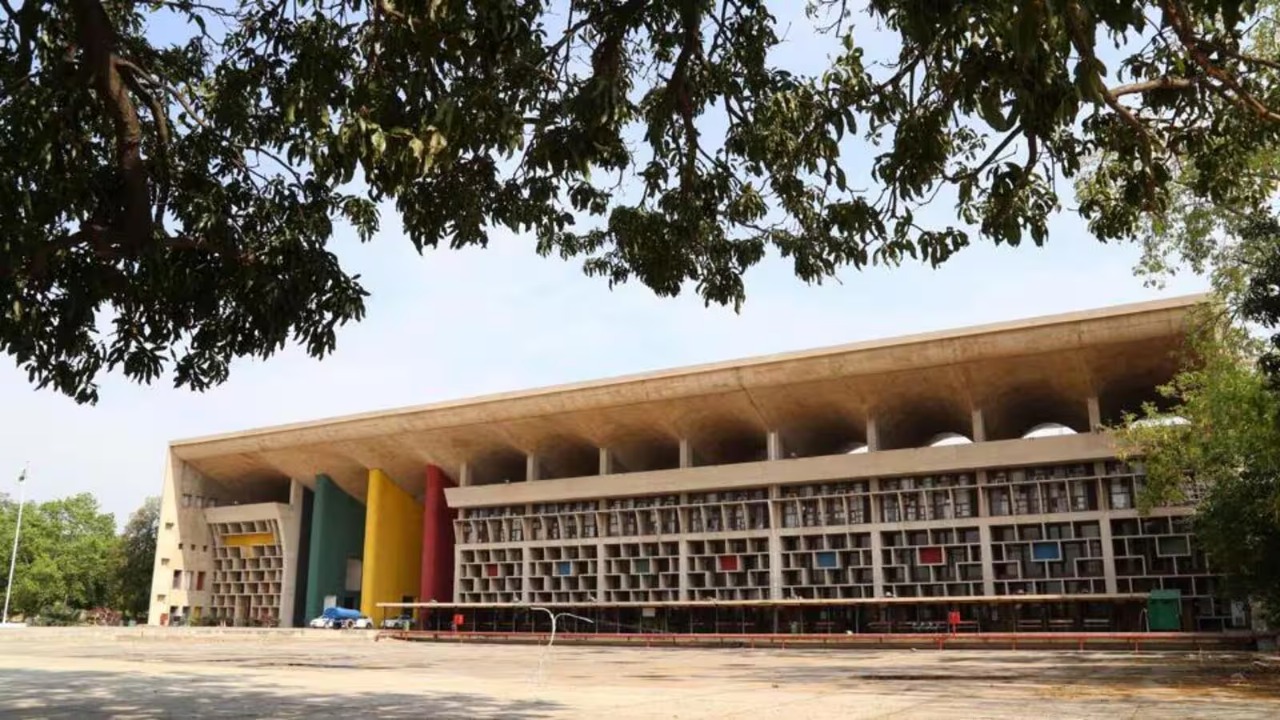 Image Source: Rolls-royce Motorcars
Image Source: Rolls-royce Motorcars
Key Highlights
• A hidden moment in Rolls Royce history shook the company to its foundations: the near-collapse and government bailout of 1971, driven by problems with the RB211 jet engine program.
• This event led to a dramatic split between the car division and aerospace, reshaping both industries and the Rolls Royce legacy.
• Rolls Royce’s recovery ignited new standards for corporate rescue, innovation, and resilience—and its echoes are visible in today’s business world.
The Moment That Changed Everything
Most car enthusiasts and business students know Rolls Royce for its legendary automobiles or world-leading jet engines. What few realize is that the company faced an existential crisis in the late 1960s and early 1970s—a crisis that nearly wiped out the entire brand.
Amid fierce competition to supply jet engines for the Lockheed L-1011 airliner, Rolls Royce stretched its technical capabilities with the ambitious RB211 engine project. Initial optimism gave way to engineering setbacks and massive cost overruns. As losses deepened, the company found itself in financial free-fall. By early 1971, despite its reputation for reliability and luxury, Rolls Royce collapsed under the weight of its debts and was forced into receivership. This was one of the most shocking failures ever for a beloved British business giant, and the government stepped in to nationalize the aero-engine division, ultimately saving the company from oblivion.
A Company Divided—and Reborn
This turning point led to dramatic changes. The government’s intervention separated the car business from the aerospace division. The newly nationalized engine business continued as “Rolls-Royce (1971) Limited,” while the car branch became Rolls-Royce Motors and changed hands several times over the next decades, eventually landing with BMW. The iconic Rolls Royce name survived, but no longer meant just one company or sector. This division sparked entirely new directions in luxury cars and advanced engineering, shaping both industries for decades.
Resilience, Rethought
Rolls Royce’s hidden history of near-collapse became a playbook for crisis management and organizational change. The reborn aero-engine company set new standards in safety, quality, and partnership with governments and customers. It led innovations in jet engine technology, changed its business model to include service contracts, and grew into a global powerhouse.
Meanwhile, the car division, after years of changes in ownership, developed a reputation for craftsmanship and ultra-luxury. Both arms of the former Rolls Royce learned to reinvent themselves not just once, but many times to survive and thrive.
Lessons Business Schools Overlook
This historic near-miss is a masterclass in resilience, risk management, and corporate reinvention. It challenges the myth that legendary brands are immune to failure, and shows that survival sometimes means facing hard truths, embracing external help, and being willing to break with tradition for a new start.
Business schools often highlight success stories, but it’s these moments of vulnerability, drastic adaptation, and bold government intervention that teach the most enduring lessons.
Modern Resonance: Today’s Corporate Wake-Up Call
Fast-forward to recent years, and Rolls Royce faced fresh crises—pandemic-driven airline shutdowns, massive layoffs, and a new “burning platform” speech from its CEO. Yet, inspired by the legacy of past recovery, Rolls Royce reinvented itself again, driving a turnaround that saw its share price surge and profitability restored ahead of schedule.
The lesson lingers: beneath crafted luxury and technological achievement lies a history shaped by hidden moments of reckoning. This is the real Rolls Royce story—one that’s rarely told but holds lifelong business wisdom.
Source names: Wikipedia, TradingView, Financial Times, Yahoo Finance
Advertisement
Advertisement






